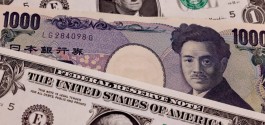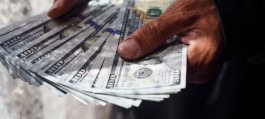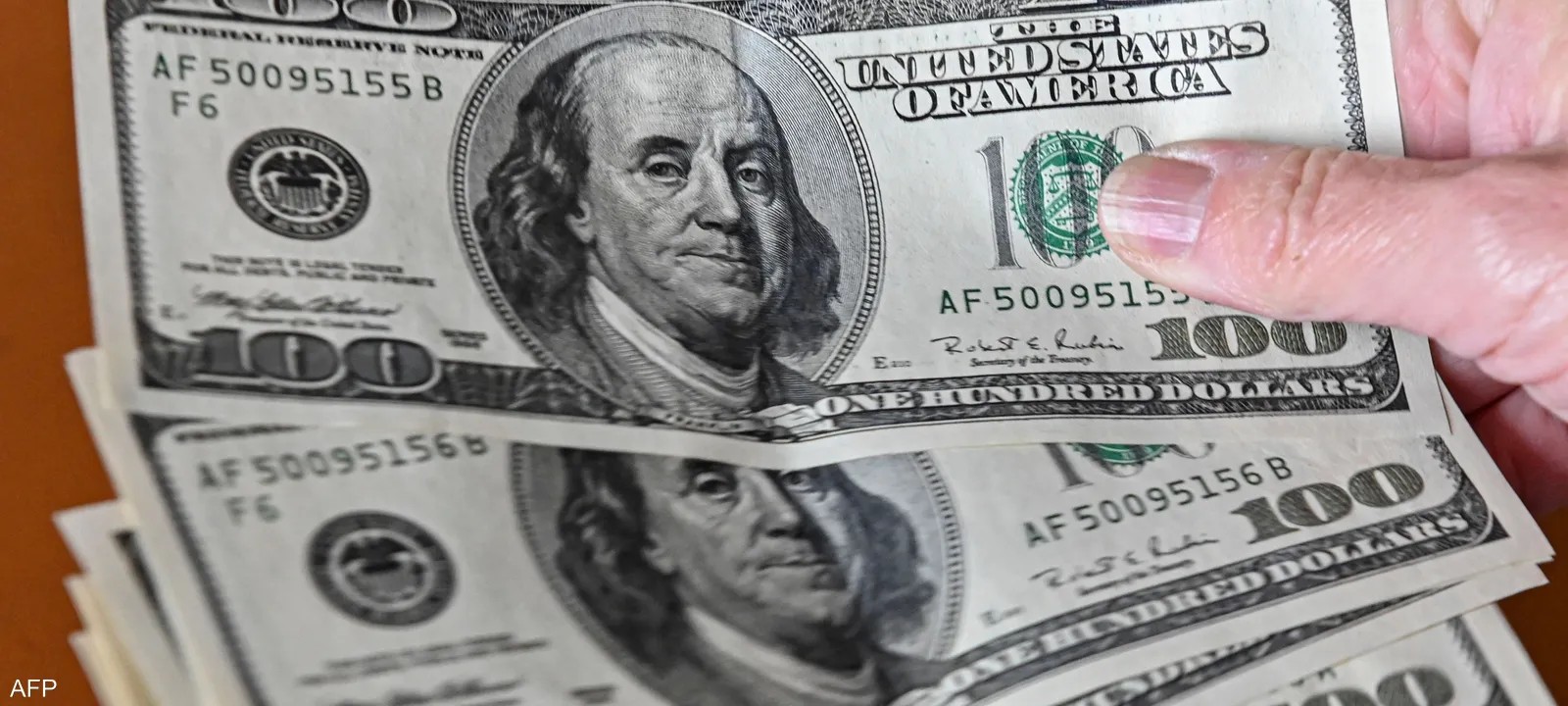The dollar lost ground in early trading on Thursday, with the euro holding near an eight-month high after data showed U.S. inflation was slowing, boosting bets the Federal Reserve could cut interest rates next month.
The yen was steady at 147.315 against the dollar after data showed Japan's economy grew at a faster-than-expected annual rate of 3.1 percent in the second quarter due to a strong rebound in consumption, keeping expectations of a near-term interest rate hike in place.
While the yen has moved away from a seven-month high of 141.675 against the dollar touched during last week's market chaos, it is still well above a 38-year low of 161.96 hit in early July.
Tokyo's bouts of intervention early last month and the Bank of Japan's unexpected interest rate hike at the end of July caught traders off guard, sending the yen higher.
US data on Wednesday showed the consumer price index rose moderately, in line with expectations, and the annual rise in inflation slowed to below 3% for the first time since early 2021.
The data comes on top of a slight increase in producer prices in July, a sign that inflation is on a downward path, despite expectations that the US Federal Reserve will not move aggressively to cut interest rates as previously thought.
Markets are now focused on US retail sales data due later on Thursday.
The euro was steady at $1.1011 in early trade, hovering near $1.10475, its highest since early January, which it touched on Wednesday. The single currency is up 0.86 percent on the week, on track for its strongest weekly performance in more than a month.
The pound rose to $1.28375 after falling yesterday after weaker-than-expected data on consumer price inflation in Britain supported expectations that the Bank of England will implement more interest rate cuts this year.
The dollar index, which measures the greenback against a basket of six major currencies, was last at 102.59, close to an eight-month low of 102.15 touched last week. The index is on track for a fourth straight weekly loss, a losing streak it last recorded between March and April 2023.
The New Zealand dollar rose 0.13 percent to $0.60035 after falling more than 1 percent in the previous session after the Reserve Bank of New Zealand cut interest rates by a quarter of a percentage point, its first cut since early 2020.
The Australian dollar rose 0.42 percent to $0.6624 after data showed the country's employment accelerated more than expected in July, even as the unemployment rate rose to a two-and-a-half-year high.
The Chinese yuan fell against the dollar, affected by disappointing data showing that industrial output growth in China slowed and failed to meet expectations in July.



































